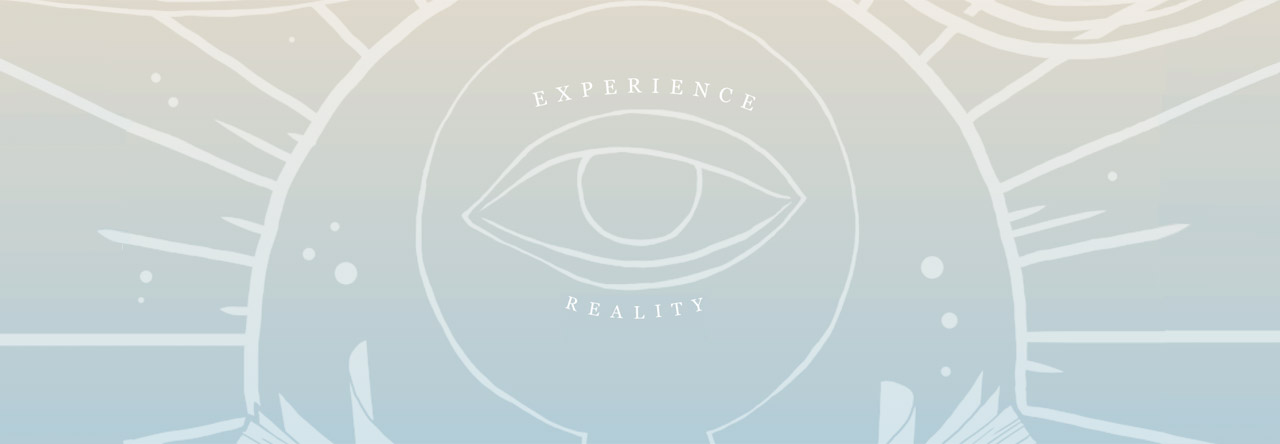 Since Lemuria has selected all four of Tom Franklin’s published works for our First Editions Club, I asked John how this all came about.
Since Lemuria has selected all four of Tom Franklin’s published works for our First Editions Club, I asked John how this all came about.
John first met Tom Franklin in the early 90s when he was traveling from his hometown in Alabama to Fayetteville, Arkansas, where he was working on an MFA in fiction at the University of Arkansas. Tom would always stop at Lemuria and talk to John about books and reading.
Before you know it, school was finished, it was 1999, and Tom’s first book Poachers was on the shelf. Not only did the staff at Lemuria admire this collection of short stories and the title novella, “Poachers,” so did Richard Ford, Rick Bass, and Barry Hannah. Comparisons were made to James Dickey and soon the Edgar Allen Poe Award for the Best Mystery Story was awarded to the title novella, “Poachers.”
By 2003, readers were enjoying the grizzly tale of Hell at the Breech which is based on the events surrounding an 1897 murder near Franklin’s hometown. After reading the gun-slinging tale of Smonk in 2006, John remarked: “Not since Hannah’s Tennis Handsome has Southern fiction been so shocked. Nasty, bloody, violent, and just damn good–lean, mean writing with missiles flying off the pages.”
 Tom Franklin now lives with his wife, the poet Beth Ann Fennelly, in Oxford, Mississippi, teaching for the University of Mississippi’s creative writing program. Although Tom is an Alabama native, he has taken a key role in carrying on the tradition of great Mississippi writers. We’d like to say he is one of our own.
Tom Franklin now lives with his wife, the poet Beth Ann Fennelly, in Oxford, Mississippi, teaching for the University of Mississippi’s creative writing program. Although Tom is an Alabama native, he has taken a key role in carrying on the tradition of great Mississippi writers. We’d like to say he is one of our own.
Tom and his wife have two children, but John remembers when there was just the first baby, memorable because Tom and Beth Anne brought a baby bed and placed it in our fine first editions room. I guess that’s one of the beautiful places you get to sleep when both of your parents are writers!
Crooked Letter Crooked Letter is published by William Morrow and Company with an initial print run of 35,000.











